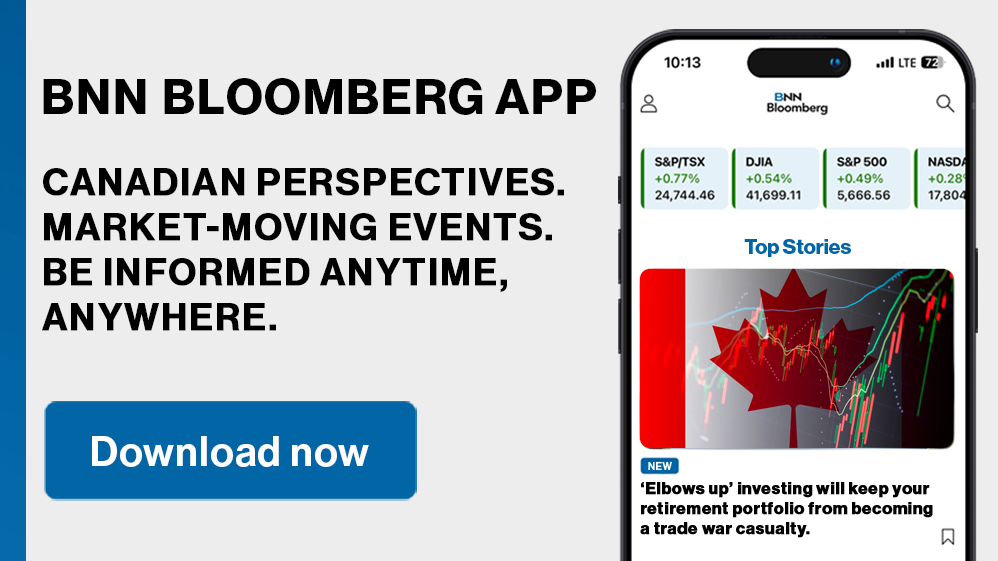We’ve all had those rough days in our work lives when we wanted to quit on the spot and roll the dice on an early retirement.
In most cases, a good night’s sleep gets us back on the job the next day, but for many Canadians, early retirement is not a choice. The majority of early retirements come from job cuts or for health reasons.
According to Statistics Canada, Canadians on average are retiring earlier than the traditional 65 years old as options for early retirement open up; especially in the wake of the pandemic when the traditional workplace model was shattered.
If you’re forced into early retirement or just want to retire sooner than expected, here are a few things to consider:
• Good financial advisors prove their worth when the unexpected happens. Even if your advisor only manages a portion of your big financial picture, they probably have other clients in the same situation and could present options you never considered.
• Whether you work with an advisor or not, you will need to reassess your spending plans and determine what you need for day-to-day living expenses in retirement. The growing trend toward part-time work, or the establishment of a small business can possibly supplement those expenses if you fall short.
• If you have debt, talk to your bank about consolidating high interest debt (such as credit card balances) into one manageable low-interest loan. For most Canadian homeowners a home equity line of credit (HELOC) provides the lowest rates because the property is secured as collateral. Reverse mortgages are also an option for homeowners but normally charge much higher interest rates. Regular loan re-payments are not required for either, but you can factor regular payments on the balance if your budget permits.
• If you pay into a defined benefit (DB) pension plan with your employer, consider keeping it even after you quit. They generally provide steady income and are usually indexed to inflation. If you are in a defined contribution (DC) plan you probably have the option of keeping it with your employer’s administrator but consider rolling it in with your existing registered retirement savings plan (RRSP) so you can manage it as one portfolio. Either way, speak with your plan administrator.
• Speak with an advisor or tax expert about the most tax efficient way to withdraw your savings in retirement. Income splitting with a spouse is a great strategy but is limited for Canadians under 65 years. In any case, it is best to withdraw from your RRSP at the lowest possible marginal tax rate and top up any additional funds required through a tax-free savings account (TFSA).
• Don’t panic and sell potentially lucrative or income-generating investments, or become too conservative. You still need your savings to grow in equities during retirement and resorting exclusively to fixed income probably won’t get you to your goals. You will, however, need to keep a portion of your portfolio in cash, or near cash, to meet short-term living expenses.
• Canadians can not collect Old Age Security (OAS) or supplemental benefits until they turn 65 but they do have the option to draw from the Canada Pension Plan (CPP) when they turn 60. In any case, the amount depends on how much and how long you contribute to CPP during your working life. For 2024, the maximum annual CPP payout at age 65 is $16,375. Payouts as early as age 60 are reduced 0.6 per cent for each month before 65. Either way, CPP payments are adjusted to the cost of living and that makes it a great hedge against inflation.
If you want to work through various scenarios, the Canada Pension Plan provides a retirement income calculator on its website.












